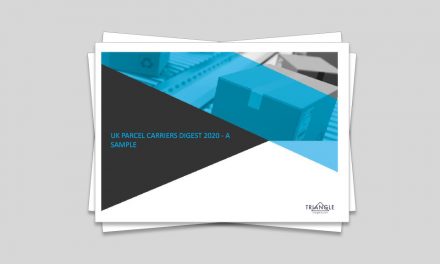
Seeking the truth about Hybrid Mail
Jarek Przybylski, research manager at Triangle Management Services, writes for Post&Parcel on the development of Hybrid Mail. ‘Hybrid Mail’ is one of those terms that seem to have been around for many years. It is used to describe a range of services typically focussed on minimising the length of time mail exists in the physical form required for final delivery – although it can include physical to electronic.
There does not appear to be a standard definition of hybrid mail. At one extreme it could embrace every piece of mail that at some stage in its end to end cycle is in electronic form, which means virtually every piece of business mail. Other definitions are somewhat more specific, or focus on such segments as business mail not produced in bulk or cross border, for example. The one certainty is that there is no consensus.
Hybrid mail (however defined) has never really taken off in the way that its many proponents argue that it should have. But it refuses to go away, and after periods of relative quiet re-emerges as a major topic of conversation in postal circles. This seems to be one of those times when hybrid mail is very definitely being discussed at a strategic level. Indeed, so the argument goes, technical improvements and growing environmental concerns are just two reasons why hybrid mail’s time has finally come.
Traditionally there have been customer concerns around the quality (and security) of the final stage production process. As digital and colour printing become cheaper and more reliable, so, it is contended, hybrid mail becomes more acceptable and more viable.
And then there is the green issue. Keeping mail in digital form for as long as possible and as close to the point it must become physical for final delivery must be good for the environment, saving all that CO² from trucks and planes currently involved in moving physical mail across countries or across continents, it is alleged.
As we in Triangle began to look deeper into what the future of hybrid mail is likely to be, one thing became very clear. Whilst there is much opinion, there is no current, impartial study covering the subject and examining in detail such areas as
-What is hybrid mail?
-What is the size and value of the potential market?
-What is the political, regulatory and environmental context of hybrid mail?
-What hybrid mail services are currently available in the market or being planned?
-Above all, what are the drivers of customer behaviour, the enablers and inhibitors as perceived by users, which will really determine the future of this delivery method?
As a result, we have decided to fill this obvious research gap by instigating a definitive study of the subject.
You can find out more about the structure of the research by visiting our website at www.triangle.eu.com.












